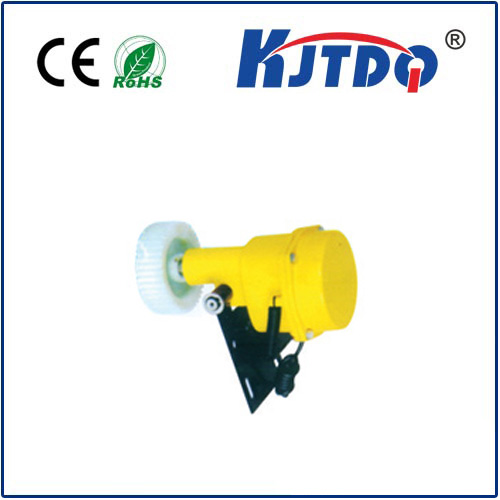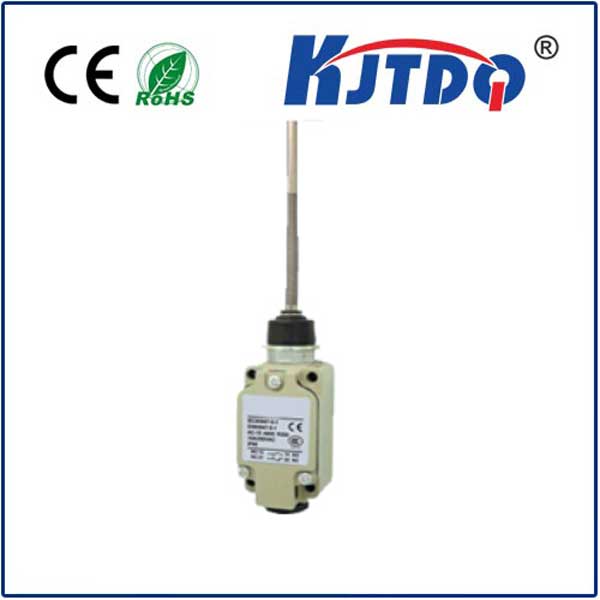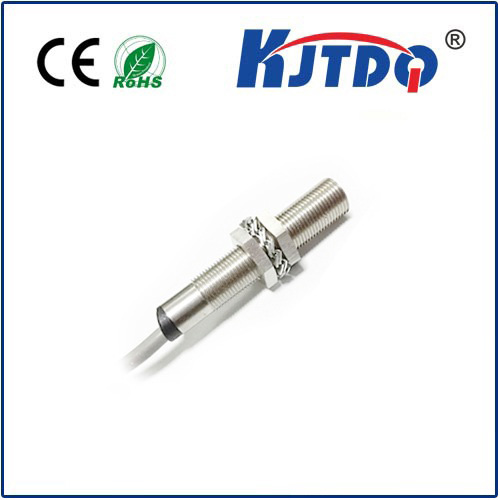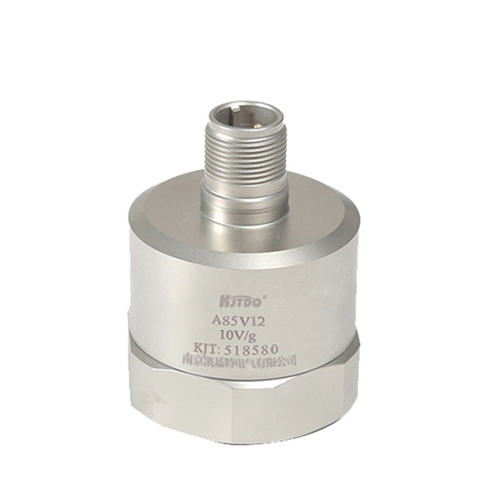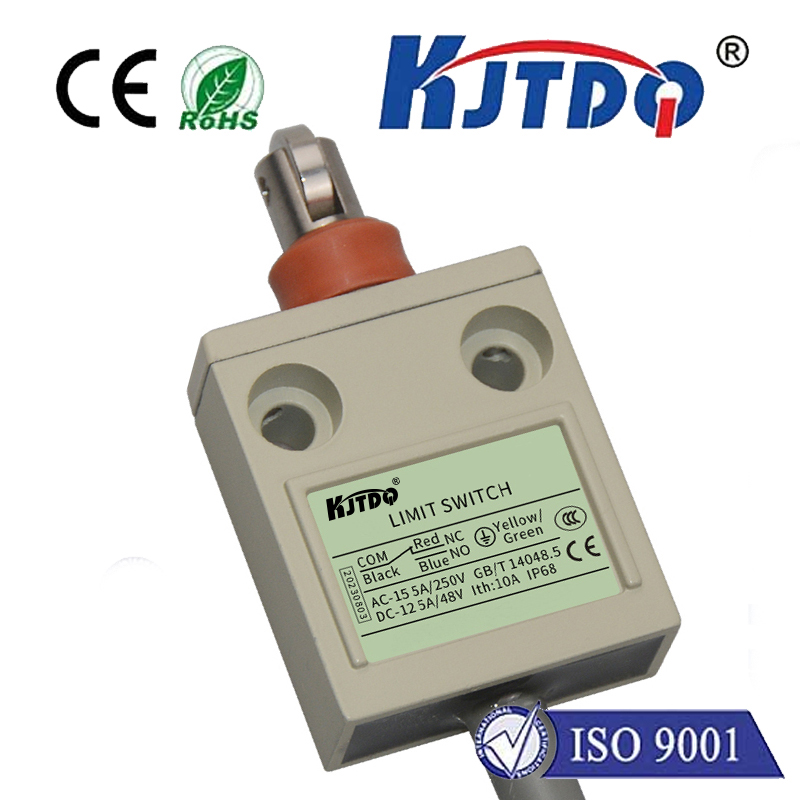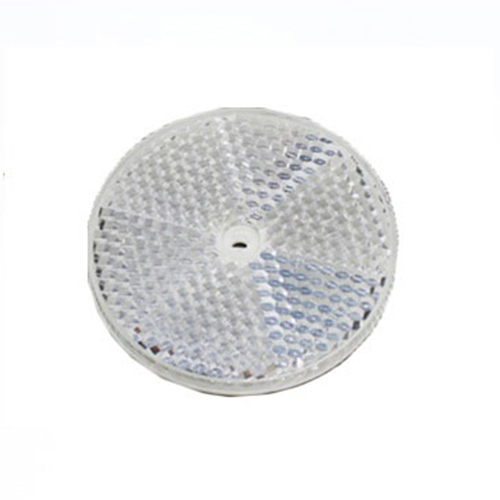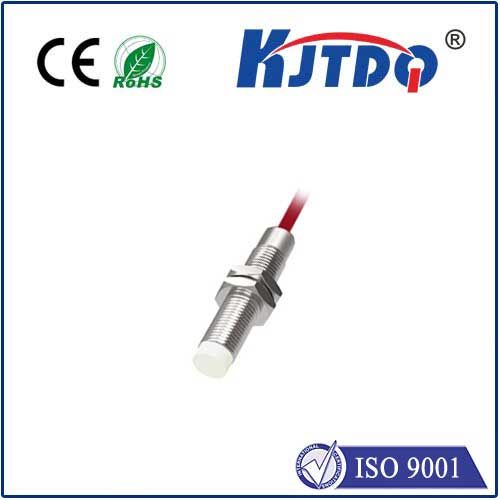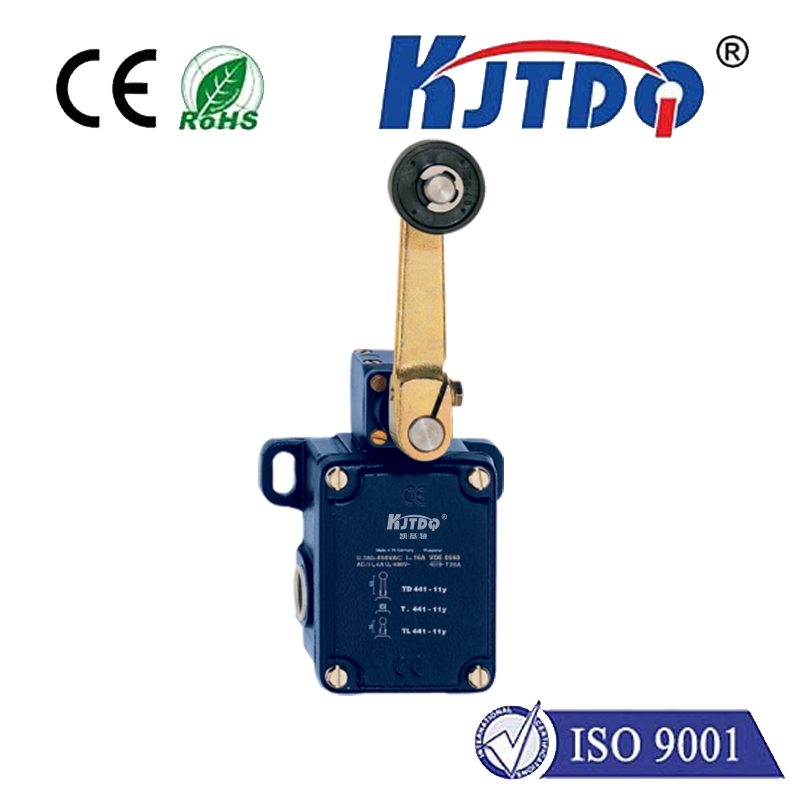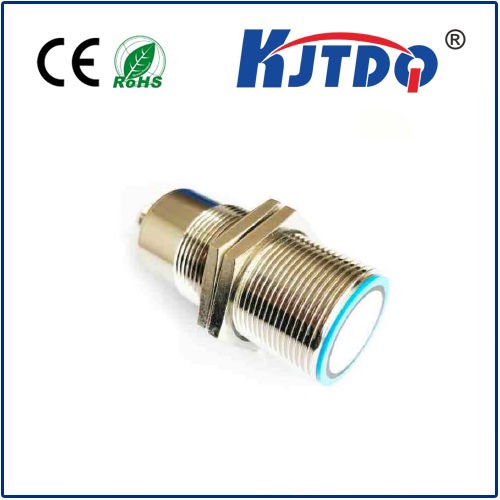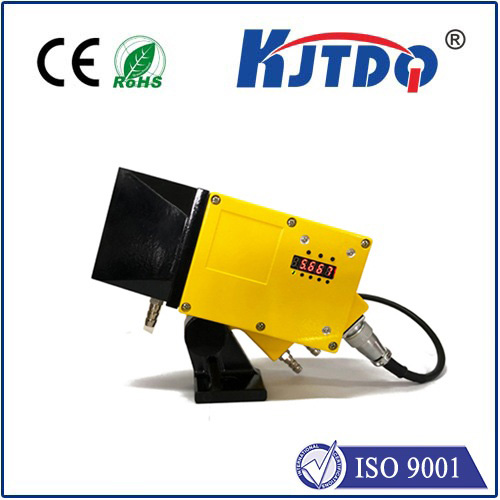fiber optic sensors in structural health monitoring
- time:2025-08-14 15:03:04
- Click:0
Seeing the Unseen: How Fiber Optic Sensors Revolutionize Structural Health Monitoring
Our world rests on a complex skeleton – bridges spanning rivers, skyscrapers piercing clouds, dams holding back vast reservoirs, and intricate networks of tunnels and pipelines. Ensuring the safety and longevity of this critical infrastructure isn’t just prudent; it’s paramount. Yet, hidden cracks, subtle shifts, and material fatigue often develop silently, evading visual inspection until it’s potentially too late. This is where Structural Health Monitoring (SHM) emerges as the vital nervous system for our built environment. And increasingly, fiber optic sensors (FOS) are becoming its most sophisticated and revealing sensory organs, offering unprecedented insights into the true state of structures.
SHM involves the continuous or periodic observation of a structure using automated sensing systems to detect damage, deterioration, or performance issues. Traditional sensors like strain gauges, accelerometers, or vibrating wire transducers have served this role for decades. However, they often come with limitations: susceptibility to electromagnetic interference (EMI), complex cabling requirements, limited distributed measurement capabilities, and challenges with long-distance signal transmission or deployment in harsh environments. Enter fiber optic sensor technology, bringing a new paradigm to SHM.
Why Fiber Optics Are a Game-Changer for SHM

At their core, fiber optic sensors exploit light’s properties traveling through thin glass fibers. Changes in the structure – such as strain, temperature shifts, vibrations, or displacement – directly alter the characteristics of light (intensity, phase, wavelength, polarization) within the fiber. By precisely analyzing these alterations, engineers gain highly accurate measurements of the physical phenomena affecting the structure. This fundamental principle unlocks several distinct advantages crucial for modern SHM:
- Immunity to Electromagnetic Interference (EMI): Uniquely, FOS operate using light, rendering them completely unaffected by lightning, power lines, radio waves, or electrical noise prevalent on sites like power plants, railways, or large industrial facilities.
- Intrinsic Safety: Fiber optics carry light, not electricity. This eliminates spark risks, making them intrinsically safe for use in explosive or volatile environments like mines, chemical plants, or areas with flammable gases.
- Long-Distance Signal Transmission: Light signals travel vast distances (kilometers) through optical fibers with minimal loss. This facilitates centralized monitoring of large, geographically distributed structures like pipelines, dams, tunnels, or extensive bridges without signal degradation issues common with electrical wires.
- High Precision and Sensitivity: Fiber optic sensors offer exceptional resolution and accuracy, capable of detecting micro-strains and minute temperature changes. This sensitivity allows for the early detection of subtle anomalies long before they become critical.
- Distributed Sensing Capability: Perhaps the most transformative feature. Certain FOS technologies (like Optical Time-Domain Reflectometry - OTDR and Brillouin Optical Time-Domain Analysis - BOTDA/R) enable continuous sensing along the entire length of the fiber. Instead of discrete points, engineers get a continuous profile of temperature or strain, effectively turning the fiber into a kilometers-long sensor.
- Durability and Longevity: Optical fibers are made of glass, inherently resistant to corrosion, moisture, and many chemicals. They offer excellent long-term stability and require minimal maintenance compared to traditional sensors.
- Multiplexing Capability: Hundreds or even thousands of individual sensing points (like Fiber Bragg Gratings - FBGs) can be multiplexed onto a single optical fiber cable. This drastically reduces cabling complexity, weight, and installation cost while enabling dense sensing arrays for detailed structural mapping.
- Embedded and Versatile Deployment: Fiber optic cables are lightweight and flexible. They can be easily embedded within concrete during construction, surface-mounted on existing structures, or threaded through inaccessible areas, providing installation versatility unmatched by many conventional sensors.
Key Fiber Optic Sensing Technologies in SHM
Two primary FOS types dominate SHM applications:
- Point Sensors - Fiber Bragg Grating (FBG) Sensors: These are the workhorses of discrete point measurement. An FBG is a periodic modulation of the refractive index inscribed into the fiber core. It reflects a specific wavelength of light (Bragg wavelength) while transmitting others. External strain or temperature changes shift this Bragg wavelength. By precisely measuring this shift, engineers determine the applied strain or temperature at the specific FBG location. Hundreds of FBGs, each reflecting a slightly different wavelength, can be placed on a single fiber, enabling quasi-distributed monitoring of key structural points like bridge supports, beam connections, or pipeline welds.
- Distributed Sensors - Rayleigh, Brillouin, and Raman Scattering Sensors: These leverage inherent light scattering phenomena within the fiber.
- Rayleigh-based (e.g., Optical Frequency Domain Reflectometry - OFDR) offers high spatial resolution (millimeters) for strain and temperature over shorter distances, ideal for detailed local analysis.
- Brillouin-based (BOTDA/BOTDR) measures strain and temperature over long distances (tens of kilometers) with meter-level spatial resolution. It’s perfect for monitoring pipelines, dikes, dams, long bridges, and tunnels, providing a continuous strain/temperature profile.
- Raman-based (DTS - Distributed Temperature Sensing) specializes exclusively in temperature profiling over long distances, crucial for detecting leaks in pipelines or hotspots in power cables embedded in structures.
Transformative Applications Across Infrastructure
Fiber optic sensors for structural health monitoring are proving invaluable across diverse sectors:
- Bridges: Monitoring real-time strain, deflection, vibration, and temperature distribution under traffic loads and environmental effects (wind, temperature). Detecting fatigue cracks, assessing load capacity, and verifying design models. Distributed sensing along cables or embedded in decks provides unprecedented load distribution maps.
- Dams & Levees: Continuous strain and temperature monitoring along the dam body and foundations to detect internal erosion, seepage paths, or structural deformation. Distributed sensing embedded in concrete or grout curtains offers early warning systems for critical failure modes.
- Tunnels & Geostructures: Assessing lining deformation, ground movement, water ingress (detected via associated temperature changes), and structural integrity during and after construction. FBG arrays on tunnel linings or rock bolts provide localized strain data.
- Buildings & High-Rises: Monitoring structural response to wind, seismic activity, or settlement. Verifying the performance of












